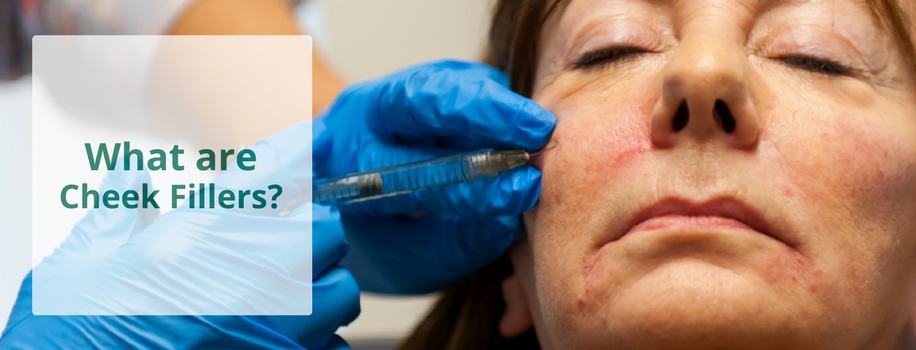Surveys done by the American Society of Plastic Surgeons have identified botox cosmetics and dermal fillers as two anti-aging solutions that have attracted a lot of public demand: because they provide a non-invasive solution to looking younger. Plastic surgeons should consider adding these procedures to their practice. They are not only popular but can also be done in the office.
Hands On Training Programs
Although there are training programs throughout the UK to supply cosmetic experts, the best training will inevitably be hands-on training by a qualified doctor/surgeon.
While its possible to learn much from listening to lectures, watching power point presentations and studying textbooks, the most important skill to learn is how to skilfully administer injections. This can only be learned through a hands-on approach. A trainee who understands all about Botox Cosmetics and Dermal Fillers but not how to inject a patient’s face is poorly equipped for the real world.
Certified Instructors
While medical schools are taught by doctors who are experts in their specialty, the same criteria does not appear to be applied when it comes to non-invasive cosmetic training. Many of the instructors who teach about Botox Cosmetics and Dermal Fillers are not qualified. A trainee has to inquire about the qualifications of the instructors before enrolling in a school providing cosmetic training.
Post Training Support
Apart from getting hands-on training from a qualified and certified instructor, the trainee will also need post-training support. This will help with dealing with situations not covered during the training. While training programs may be able to cover a lot of ground, they can’t realistically cover everything, so questions based on exceptional situations will inevitably arise during the course of dealing with patients.
Additionally, the best training should also include ways to build an effective business practice.








